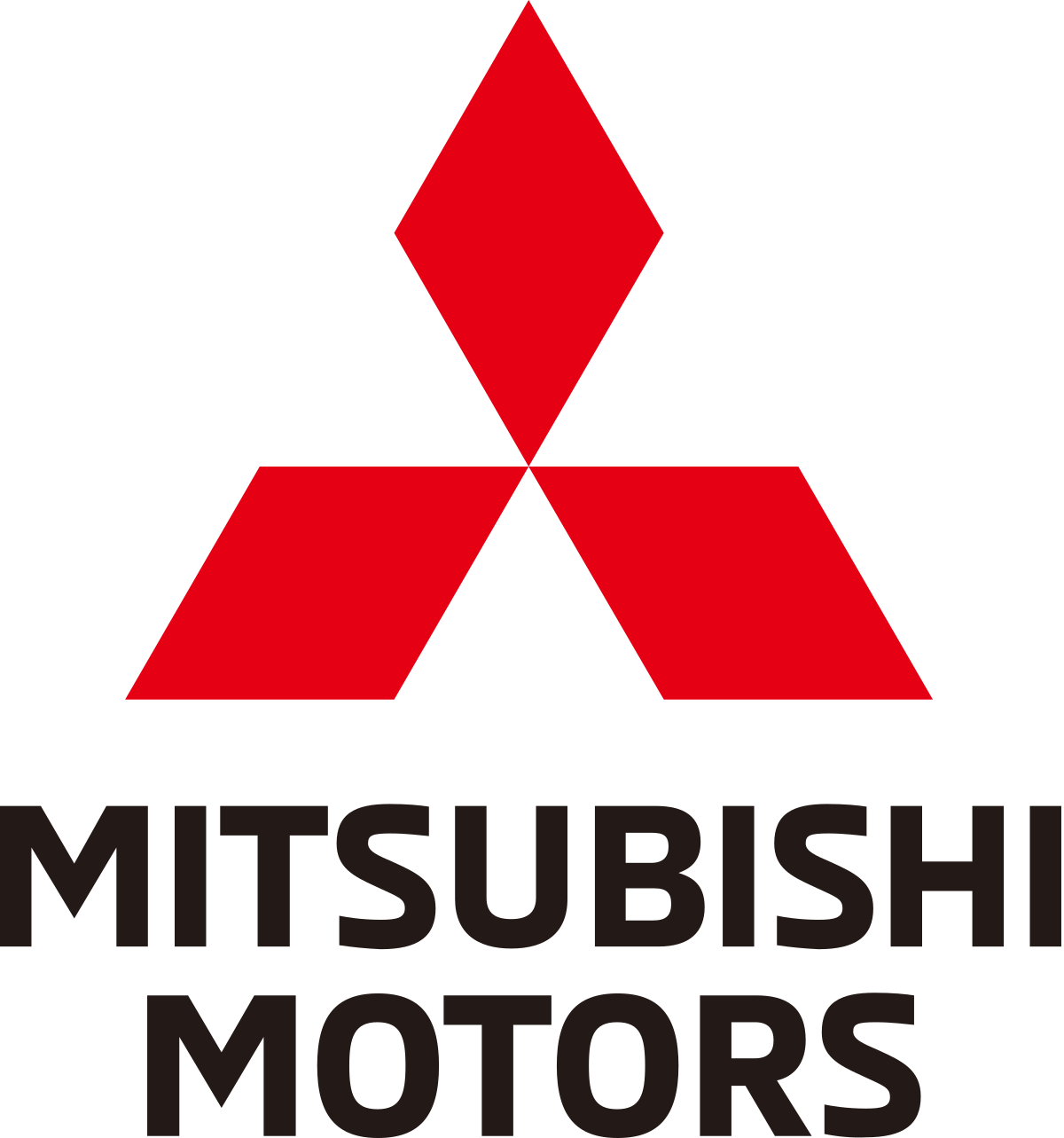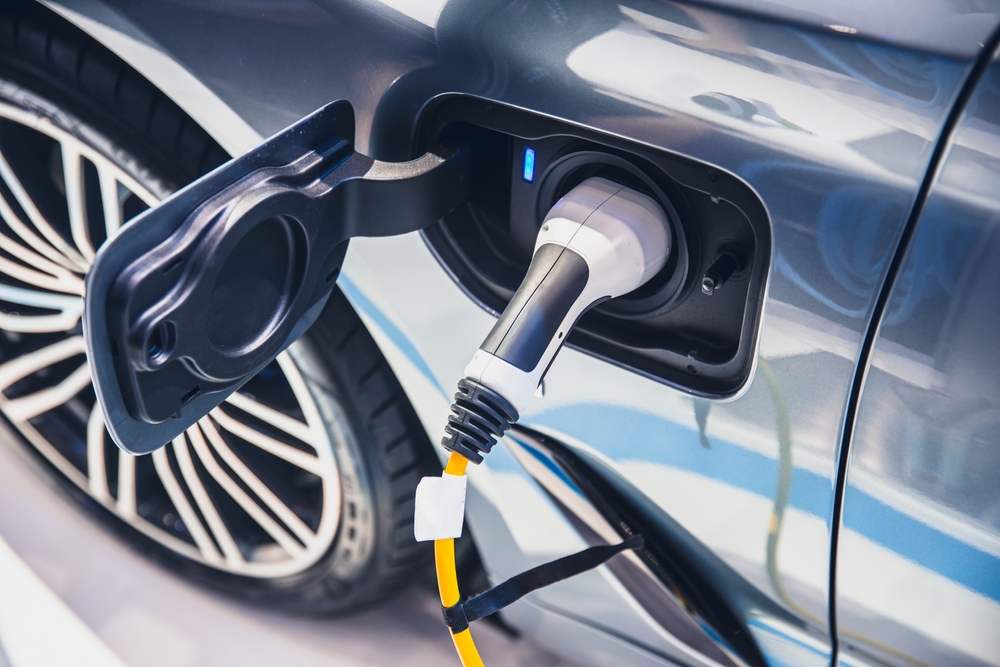The world of automobiles is rapidly shifting towards electrification, with electric vehicles (EVs), plug-in hybrid electric vehicles (PHEVs), and traditional hybrids playing a significant role in the transition. As more people consider making the switch from conventional internal combustion engine (ICE) vehicles, understanding the maintenance requirements for each type of vehicle is essential. We’re going to compare the maintenance needs of EVs, PHEVs, and hybrids to help you make an informed decision.
Electric Vehicles (EVs): Low Maintenance Champions
EVs are known for their simplicity and lower maintenance requirements compared to ICE vehicles. Since they have no internal combustion engine, there's no need for engine oil and filter changes, spark plugs, or timing belts. The drivetrain typically consists of a single-speed transmission, which requires minimal maintenance compared to traditional multi-speed transmissions.
The main focus for EV maintenance is the battery. It's essential to monitor its state of health and follow the manufacturer's recommendations for care, including periodic inspection, software updates, and optimal charging habits. Other maintenance tasks include tire care, brake system inspection, cooling system maintenance for the battery and electric motor, and high-voltage component checks.
EV General Maintenance Checklist
-
Battery care and monitoring
-
Tire pressure and rotation
-
Brake system inspection
-
Cooling system check
-
High-voltage component inspection
-
Cabin air filter replacement
-
Wiper blades and washer fluid
-
Vehicle software updates
Plug-in Hybrid Electric Vehicles (PHEVs): Balancing ICE and Electric Components
PHEVs combine an internal combustion engine with an electric motor and a larger battery pack than traditional hybrids. This allows them to operate in all-electric mode for a limited range before switching to the ICE. Consequently, PHEVs require maintenance for both their ICE and electric components.
Maintenance tasks for PHEVs include engine oil and filter changes, transmission fluid changes, and cooling system maintenance for both the ICE and electric components. Battery maintenance is also crucial, with a focus on periodic inspection, software updates, and optimal charging habits, similar to EVs. Other tasks include tire care, brake system inspection, electric motor and inverter inspection, and high-voltage component checks.
PHEV General Maintenance Checklist
-
Battery care and monitoring
-
Engine oil change and filter replacement
-
Tire pressure and rotation
-
Brake system inspection
-
Cooling system check
-
High-voltage component inspection
-
Cabin air filter replacement
-
Wiper blades and washer fluid
-
Vehicle software updates
-
Fuel system maintenance
Traditional Hybrids: Maintaining the Synergy
Traditional hybrids also feature both an internal combustion engine and an electric motor. However, they have smaller battery packs compared to PHEVs and cannot operate solely on electric power for extended periods. As a result, their maintenance requirements are similar to PHEVs but with slightly less emphasis on battery care.
Maintenance tasks for traditional hybrids include engine oil and filter changes, transmission fluid changes, and cooling system maintenance for both the ICE and electric components. Battery health and maintenance are still essential but may be less critical due to the smaller battery pack size. Other tasks include tire care, brake system inspection, electric motor and inverter inspection, and high-voltage component checks.
Traditional Hybrid General Maintenance Checklist
-
Engine oil change and filter replacement
-
Tire pressure and rotation
-
Brake system inspection
-
Cooling system check
-
Battery care and monitoring
-
High-voltage component inspection
-
Cabin air filter replacement
-
Wiper blades and washer fluid
-
Vehicle software updates
-
Transmission fluid maintenance
Overall, EVs require less maintenance than PHEVs and traditional hybrids, thanks to their lack of an internal combustion engine and associated components.
PHEVs and traditional hybrids have more complex drivetrains, involving both ICE and electric components, leading to increased maintenance requirements compared to EVs. However, all three types benefit from regenerative braking systems, which reduce wear on brake components.
Regardless of the vehicle type you choose, following the manufacturer's recommendations for maintenance, as detailed in the owner's manual, is crucial. Regular maintenance will ensure your vehicle stays in good condition and provides reliable performance, helping you enjoy the benefits of electrified transportation.



